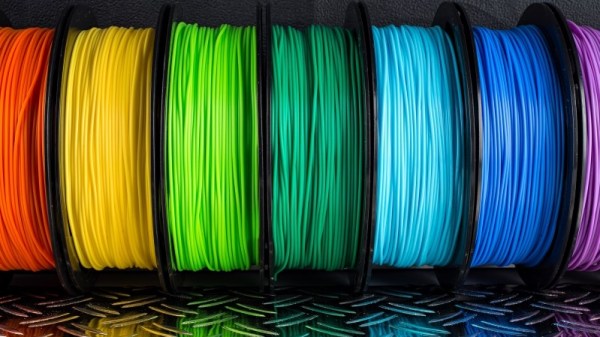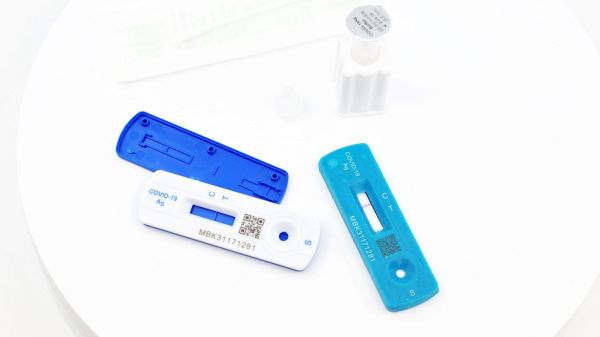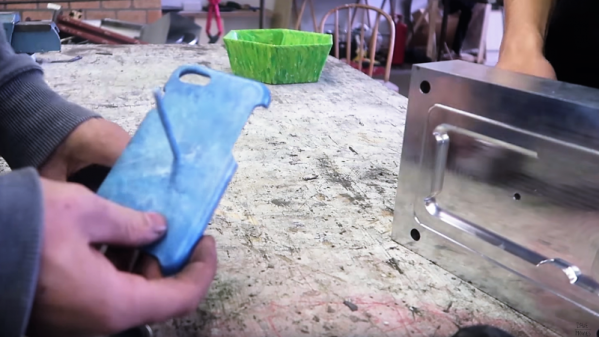Of all the plastics that surround us on the daily, the one we hear least about in the 3D printing world is probably polypropylene (PP). Given that this tough, slightly flexible thermoplastic has characteristics you might want for your prints, the question is: why? [Lost in Tech] is not answering that question in a recent video; instead he’s showing us what we’re missing out on with a review of the material.
A look at the Material Safety Data Sheet and available material has [Lost in Tech] suggesting it won’t be (much) more toxic for you than PLA, but you still wouldn’t want to huff the fumes. The biggest issue printing PP is getting it to stick — glass beds and PEI are not your friend, but polypropylene tape is easy to find and makes a fine print surface. He reviews a few other options, but it looks like plain old tape is still your best bet if you can’t get a hold of a Prusa PP bed. The other big issue is shrinkage, but that’s hardly unique to PP and can be accounted for in the model.
Just because it can be used, that doesn’t mean it should be. [Lost in Tech] does make a good case for why you might want to use PP — for one thing, it doesn’t string much, in part because it’s not hygroscopic. That makes it great for those of us in humid climes who don’t want to always faff around with dry boxes, but also wonderful for parts that will be in touch with water. Polypropylene also has great chemical resistance for even scarier chemicals than dihydrogen monoxide. The “killer app” though, at least as far as [Lost in Tech] is concerned, is to use polypropylene with compliant mechanisms: it’s incredibly resilient to bending, and doesn’t fatigue easily. You might even call it a “flexible” filament, but unlike with TPU, you get a nice hard plastic to go with that flexibility.
If you’re interested in this somewhat-forgotten filament, we featured a “getting started” guide last year. You can even make your own polypropylene filament using non-medical “COVID” masks, but do be sure to wash them first. What do you think? Is it time to give PP another chance, or has the 3D printing world moved on? Continue reading “Should You Try Printing With Polypropylene?”
















